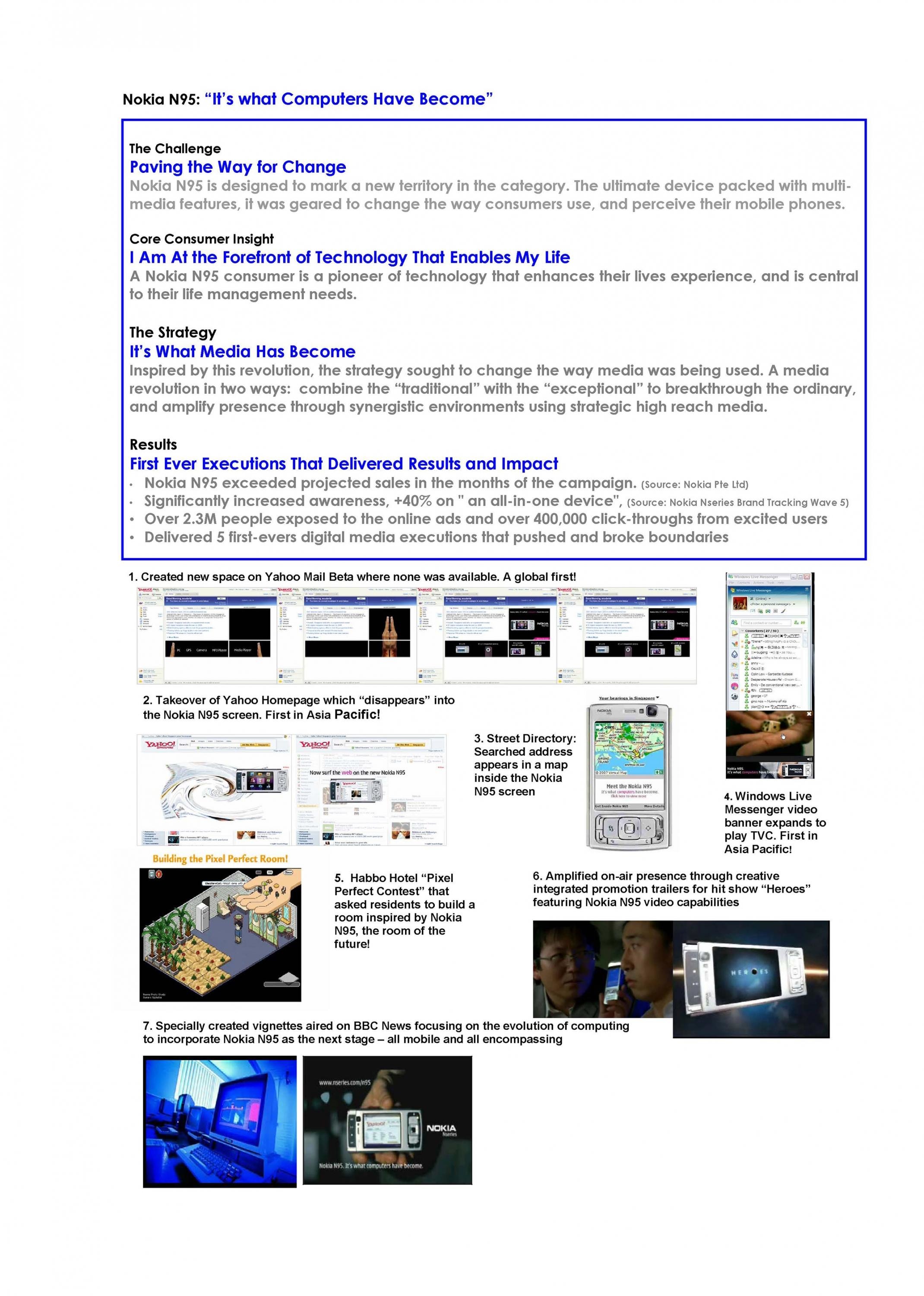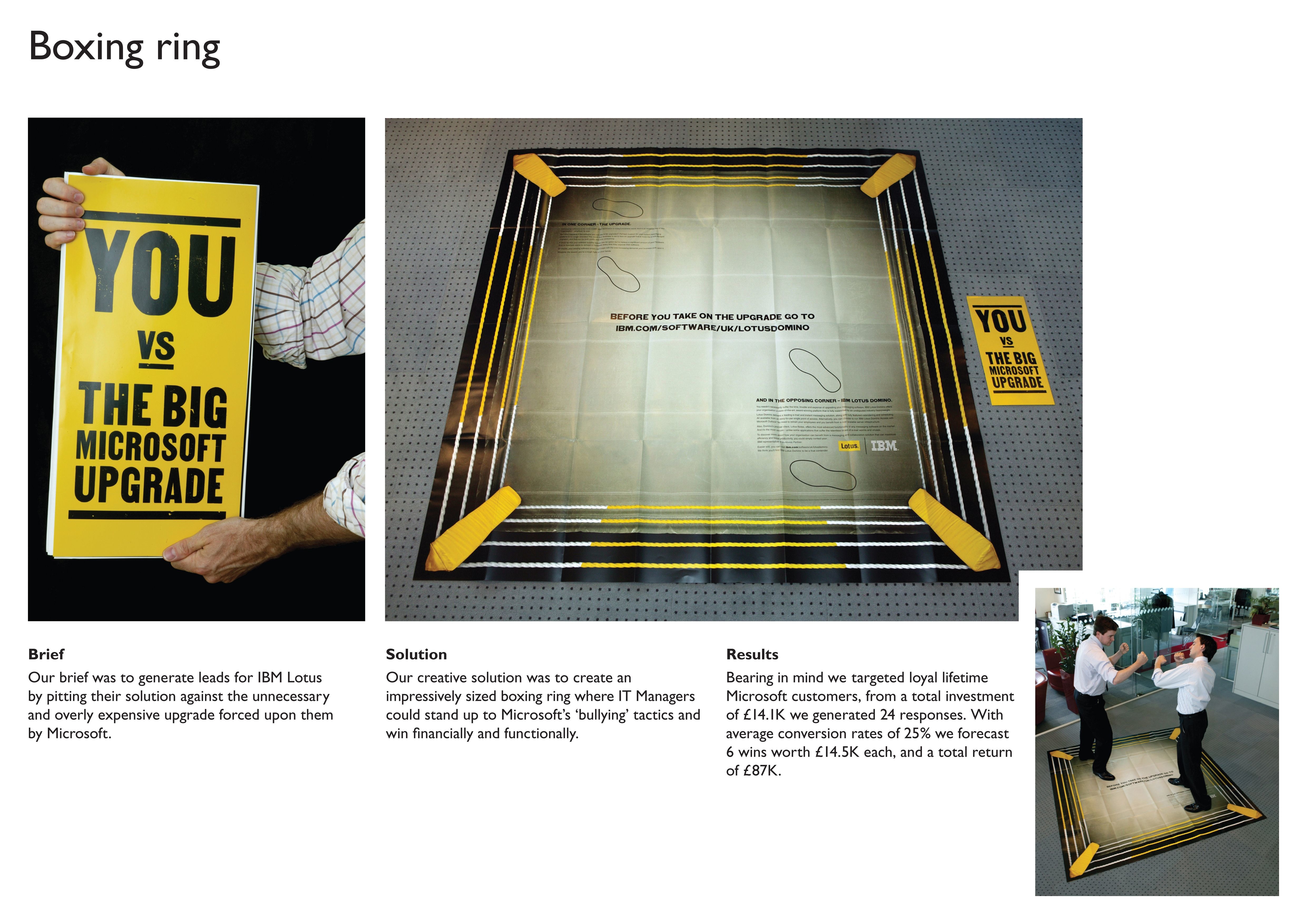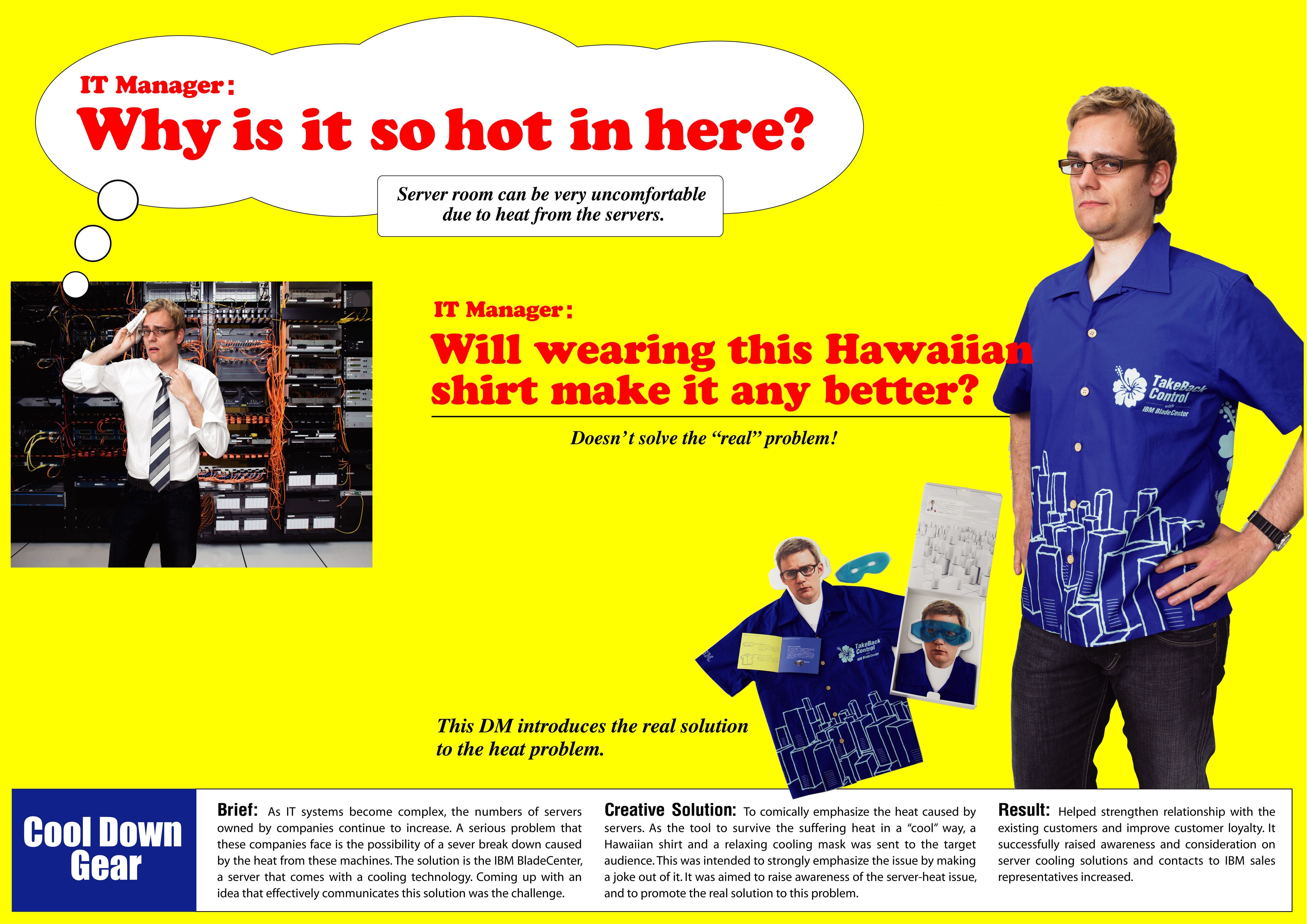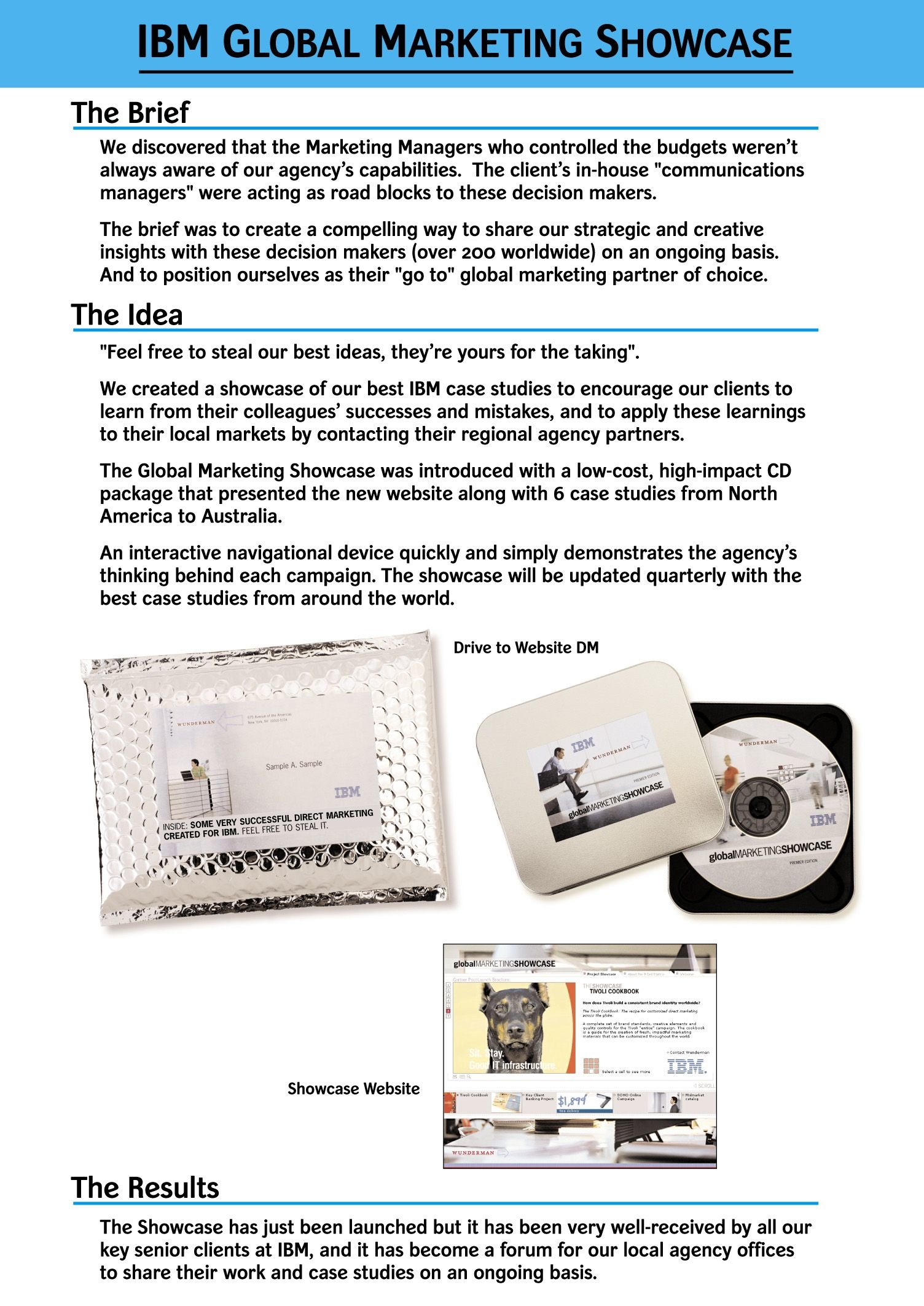Cannes Lions
#IBMFOODTRUCK
OGILVY NEW YORK, New York / IBM / 2014

Overview
Entries
Credits
Overview
Execution
We think of cooking as an art, but behind it is an enormous amount of chemical and neural science. Leaving aside so-called “molecular gastronomists”, for most chefs this science is intuitive. They learn what flavors work together.
But given the vast array of possibilities (3,000 ingredients, 30,000 flavor compounds, 3 quintillion dish combinations), it’s impossible for a human to consider them all. Chefs tend to think in pairs of ingredients; only the very best can juggle a few ingredients successfully.
Enter our cognitive system. We trained an instance of Watson on multiple datasets representing regional and cultural cooking traditions, plus statistical, molecular and food-pairing theories. The system began by analyzing tens of thousands of existing recipes. These were cross-referenced with chemical data on ingredients and flavor compounds and the psychology of people’s tastes (hedonic perception theory), so it could model how the human palate might respond to different flavor combinations.
In the end, given a main ingredient and type of dish, the system intelligently generates millions of ideas out of quintillions of possibilities, and ranks them on various dimensions including how surprising and/or pleasant they’ll be. The output is a recipe for a novel and flavorful meal.
With our Watson instance running in IBM’s Softlayer cloud, we could take the cooking anywhere. So, to publicize this notion of cognitive computational creativity, we fitted out a foodtruck at SXSW. We built a surrounding social campaign, encouraging conference-goers to tweet @IBMFoodTruck their #favorite dish (e.g. #burritos). Each night the chefs (including ICE’s Director of Culinary Development James Briscione) would reinvent the top-trending dish via an on-truck tablet interface. We served the resulting dish the next day: e.g. an Austrian chocolate #burrito (beef, chocolate and cheese – yes, they work together) or Creole shrimp #dumplings.
This was branded content. But the content was food.
Outcome
#IBMFoodTruck was top-trending on Twitter in Austin during SXSW (and Montréal: Québecois insurgents forcing us to make #Poutine). We generated 40MM earned-media and 70MM twitter impressions, gaining coverage in hundreds of news outlets. We served almost 4,000 people and ran out of food each day, despite ramping up supplies.
But where does the technology go? In the immediate term, and as a result of conversations started literally *at* the foodtruck, IBM is pursuing 14 qualified leads (including 2 leading supermarkets). A conversion of any one of these leads will more than pay back the campaign. Our foodtruck-side sales efforts made clear the potential: at SXSW we optimized for surprising flavor combinations. But one could easily optimize for nutrient density, healthiness, production efficiency or compliance with different dietary standards (kosher, gluten-free etc.). There’s real potential to make a societal impact and tackle challenges like obesity, malnutrition or hunger.
We are also working with IBM to launch a consumer-facing app version of the technology. Users can generate recipe suggestions based on their own health requirements, personal tastes, or just what they happen to have in their refrigerator. Early betas were tested alongside the truck at SXSW; it will be launched this year.
Similar Campaigns
12 items




